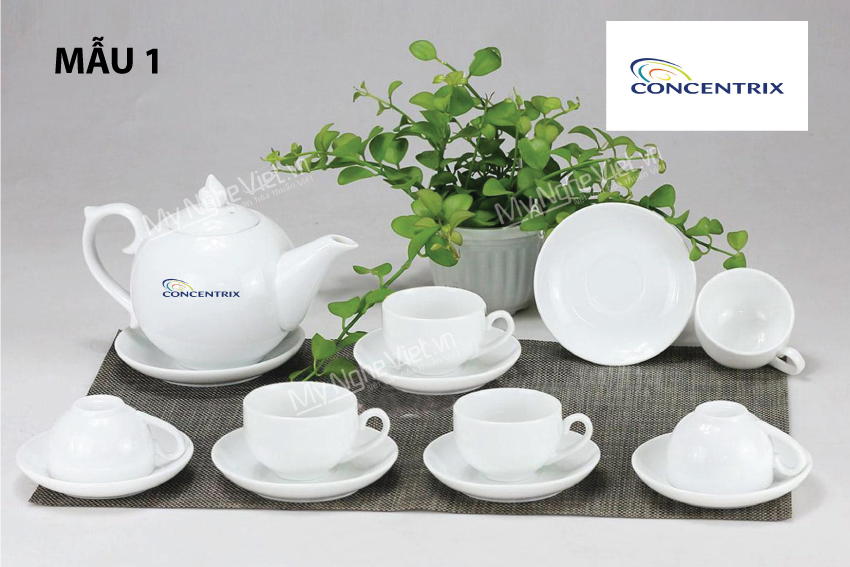After joining our team in 2006, he became responsible for providing technical leadership and creating innovative, best-in-class products and document solutions for our customers. Before working at DocXellent, Tom held roles in Information Technology, software development, technical leadership, and project management. There’s a vast selection of quality control methods, which is crucial since not every industry employs the same quality management methods nor has the same quality criteria.
Quality control focuses on quality requirements, such as ensuring a part meets specifications. Quality assurance refers to the sum of all actions and processes needed to demonstrate that quality requirements are fulfilled. The quality control used in a business is highly dependent on the product or industry. A significant aspect of quality control is the establishment of well-defined controls. Limiting room for error by specifying which production activities are to be completed by which personnel reduces the chance that employees will be involved in tasks for which they do not have adequate training. Every organisation works for continual improvement in the customer satisfaction, which can be done with the help of increasing the quality.
What is Quality Assurance (QA)?
Lean management can invoke many reactions, especially if you don’t know that it is a well-established process and quality control methodology organizations use worldwide. Customers recognize that quality is an important attribute in products and services. Suppliers recognize that quality can be an important differentiator between their own offerings and those of competitors (quality differentiation is also called the quality gap). In the past two decades this quality gap has been greatly reduced between competitive products and services. This is partly due to the contracting (also called outsourcing) of manufacture to countries like China and India, as well internationalization of trade and competition.
At present quality, is king, it is one of the major concern of every customer, it is decided by the customer and is implemented to the product or service in the designing phase. In this regard quality management is a system which ensures that the quality in the process, product or services provided are according to the standard. On the other hand, quality control is defined as the part of the quality Quality assurance vs. Quality control management process that covers fulfilling quality requirements. Quality assurance deals with how a product or process is performed, while quality control focuses more on the inspection aspect of quality management. Walter A. Shewhart made a major step in the evolution towards quality management by creating a method for quality control for production, using statistical methods, first proposed in 1924.
Definition of Quality Assurance
Another way of looking at Quality Assurance (QA) and Quality Control (QC) would be to recognize what type of tools those are. For example, you can perceive QA as a managerial tool for preventing various quality issues. At the same time, QC could be an operational tool, for identifying and correcting the defects before the product enters the market.

Quality Management System (QMS) focuses on optimizing the quality of the output and no wonder both Quality Assurance (QA) and Quality Control (QC) are the basis of a QMS. Moreover, together with the industry-specific quality legislations and standards, QA and QC make up the structure of the Quality Management System. Salary.com reports that certified Lean Six Sigma Green Belt professionals working in the United States typically earn a yearly salary of $113,000. Sign up for Lean Six Sigma training today, and earn certification in a popular and relevant skill set that helps businesses stay competitive and challenges professionals to be their best.
Ukraine’s first infection prevention and control centre opens with WHO support
Together, QC and QA form the backbone of an organization’s quality management system, helping to ensure that products and services consistently meet or exceed customer expectations and regulatory requirements. Quality management is the act of overseeing different activities and tasks within an organization to ensure that products and services https://www.globalcloudteam.com/ offered, as well as the means used to provide them, are consistent. It helps to achieve and maintain a desired level of quality within the organization. SMG’s software-driven expertise in health and safety management empowers yourbusiness to easily ensure compliance, reduce costly incidents, and improve operations and logistics.
We all have a little bit of confusion regarding the differences between quality assurance and quality control. Qualified quality control professionals have a defined set of responsibilities and roles. But, just like there’s a difference between quality control and quality assurance, there’s a difference between what a quality control inspector does and what a quality assurance professional does.
Key Differences Between Quality Assurance and Quality Control
Further on, different kinds of personnel from your organization should be involved in both processes. While only the designated testing team is responsible for the Quality Control (QC) procedures. Discover the origins, key principles, benefits, and industry applications of the Lean Six Sigma methodology in this comprehensive guide. Now that we’ve resolved the question of what quality control is let’s compare it to quality assurance. For example, quality circles do not work well in every enterprise (and are even discouraged by some managers), and relatively few TQM-participating enterprises have won the national quality awards.
- Quality assurance deals with how a product or process is performed, while quality control focuses more on the inspection aspect of quality management.
- Lean Six Sigma is a widely used methodology that easily folds into the process of quality control and is a valuable skill for any quality control professional to master.
- The approach principle emphasizes achieving efficiency and effectiveness in the organizational processes.
- Quality control (QC) is a process through which a business seeks to ensure that product quality is maintained or improved.
Normally, quality testing is part of every stage of a manufacturing or business process. Employees frequently begin testing using samples collected from the production line, finished products, and raw materials. Testing during various production phases can help identify the cause of a production problem and the necessary corrective actions to prevent it from happening again. The process ensures that the products and services produced by the team match the customers’ expectations.
Examples of Quality Management Approaches
They do this to monitor products and services, while others rely on external bodies to track products and performance. Due to the strict nature of food inspections, for example, it may be in a company’s best interest to sample products internally and verify these results in a third-party lab. Customer service reviews, questionnaires, surveys, inspections, and audits are a few examples of quality testing procedures that can be used in non-manufacturing businesses. A company can use any procedure or technique to ensure that the final product or service is safe, compliant, and meets consumer demands. Quality control can be done in various ways, from training personnel to creating data-driven tools to test products and set standards.
Quality Management Software is a category of technologies used by organizations to manage the delivery of high quality products. Solutions range in functionality, however, with the use of automation capabilities they typically have components for managing internal and external risk, compliance, and the quality of processes and products. Pre-configured and industry-specific solutions are available and generally require integration with existing IT architecture applications such as ERP, SCM, CRM, and PLM.
YOUR TRUSTED PARTNER IN SAFETY, QUALITY, AND COMPLIANCE
A process should provide descriptions of operations, jobs to be done, the origin of required information and materials, tasks to be completed, requirements for output, and receivers of output. Quality processes are implemented in order to improve work and ensure that stakeholder expectations are always met. Companies that have quality control methods in place often have employees who pay close attention to their work. These include an x-bar chart, Six Sigma, 100% inspection mode, and the Taguchi Method. Randomly selected products are tested for the given attributes the chart is tracking.
Giới thiệu sản phẩm độc đáo
Quà tặng ngày 30/4 và 1/5 ý nghĩa – Giá cả hợp lý – Giao hàng toàn quốc
Quà tặng 30/4 và ngày 1/5 hàng năm không thể thiếu trong các doanh nghiệp....
GỐM SỨ BÁT TRÀNG – MEN MỚI MEN HỎA BIẾN
Bát Tràng là một trong những làng nghề truyền thống về gốm sứ ở Việt...
Ly sứ Bát Tràng
Khi thưởng thức món thức uống ngon ngoài chất lượng thì người dùng còn rất...
Phin cà phê gốm Bát Tràng – Tinh hoa của Đất Việt
Thị trường hiện nay có nhiều loại phin cà phê như: phin nhôm, phin inox,...
Top 5 Bộ Ấm trà Bát Tràng không thể thiếu trong gia đình người Việt
“Miếng trầu là đầu câu chuyện”. Người Việt với truyền thống hiếu khách bao đời...
Bộ bàn ăn gốm Bát Tràng-Sự lựa chọn hoàn hảo cho món quà tân gia
Nếu bạn muốn thể hiện gu thẩm mỹ tinh tế và gây ấn tượng với...







